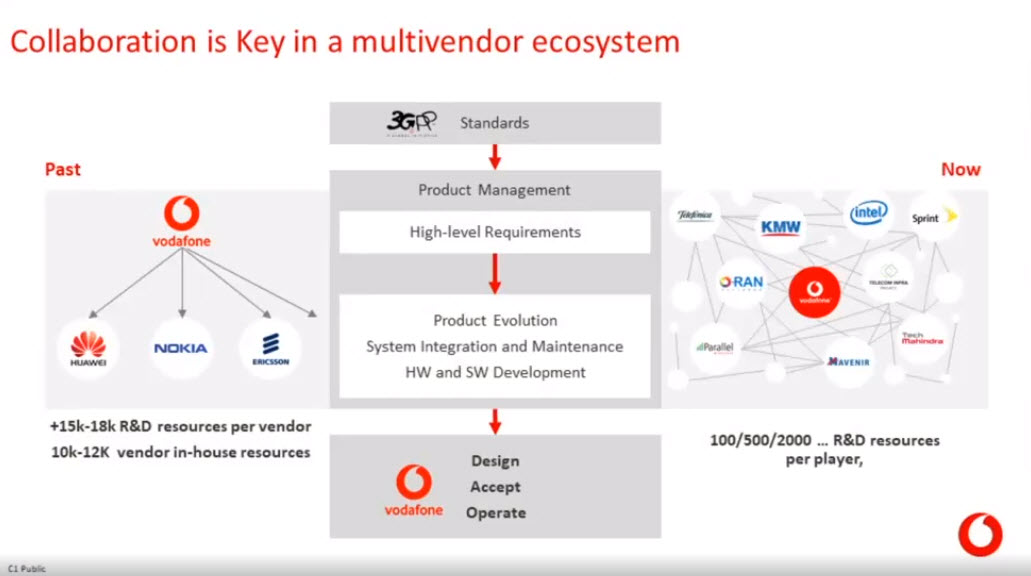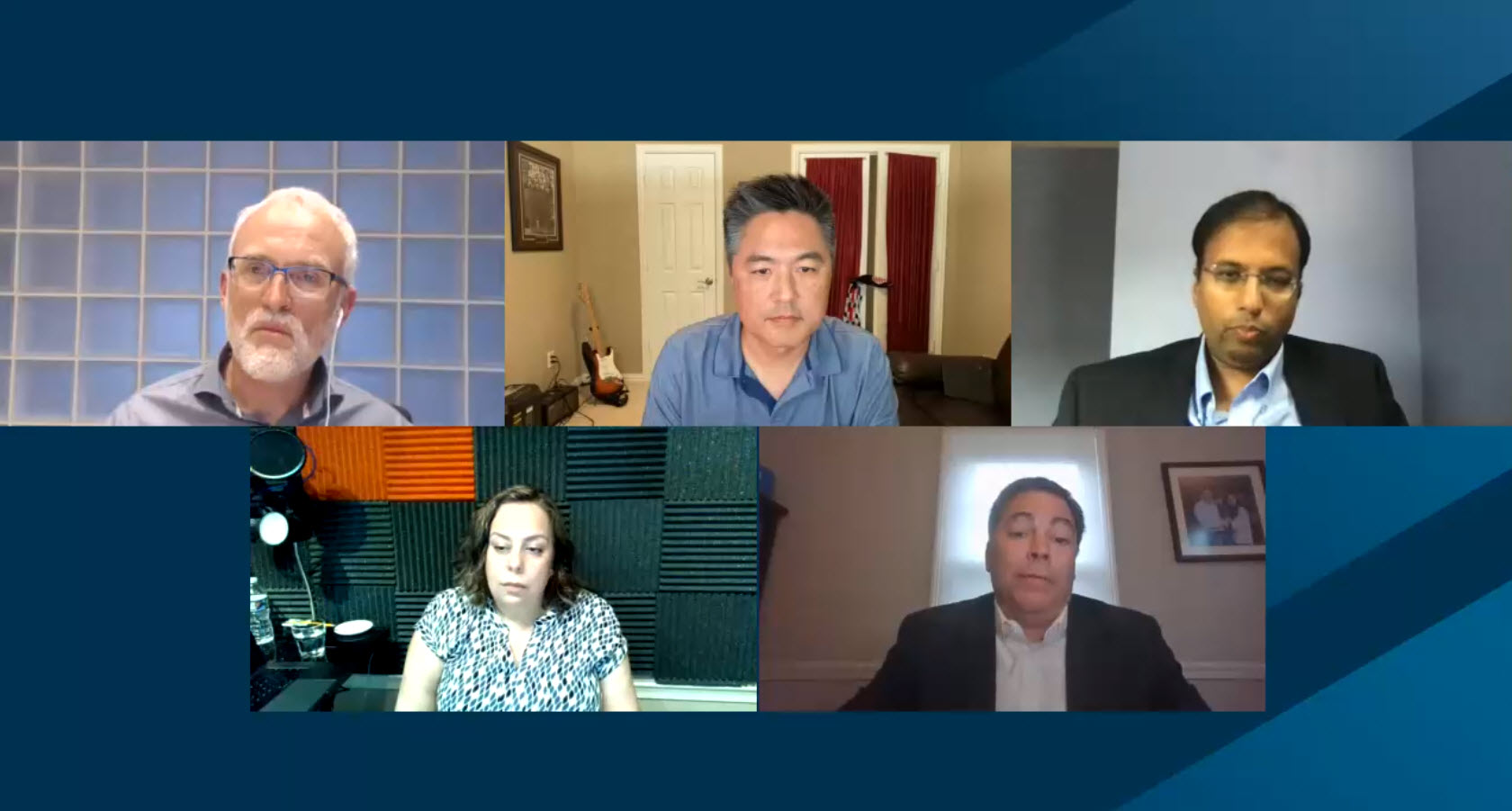FierceWireless put on a good show for Open RAN, and deserve credit (along with their guest moderators and speakers) for pushing the edges of the Open RAN discussion. Panel moderators didn’t ignore the elephant(s) in the room either…
In a week that poured some cold water on the industry’s hottest topic, it was good to see that enthusiasm for Open RAN is undimmed, at least among the faithful. Perhaps the lack of patent lawyers and European commissioners helped. Diane Rinaldo of the Open RAN Policy Coalition called concerns about Open RAN security “overblown”, on the basis that the industry as a whole is far more on top of security issues than it was a decade ago. (She also shared that the coalition is now active in discussion with 30 countries, which is an interesting update in itself).
Interoperability, or to be more precise, the job of assuring interoperability was a strong theme. Arguably a sign that the discussion with operators has moved on in the last year into the nuts and bolts of making open RAN happen. Viavi’s Sameh Yamany highlighted the range of scenarios to be tested, but still called Open RAN “here to stay”.
Verizon offered strong support for Open RAN via SVP Technology Planning Adam Koeppe, despite acknowledging its ongoing (but routine) challenges, such as standardisation, more testing, and transition – in part, to new ways of working with vendors. Verizon’s vRAN efforts are more advanced than its ORAN ones, but they overlap, and are clear that Verizon sees ORAN offering a path to innovations not possible with vRAN or 5G.
In a Q&A, Symphony’s Tareq Amin reminded attendees that what’s on offer with open RAN is an entirely new business proposition. With the largest Open RAN contract in Europe (and largest actual deployment in Japan), he is speaking with the utmost authority, evidenced by the lack of references to remote surgery and self-driving cars. It’s Open RAN as a straight business proposition.
Comments from operators were largely (and fitting the context, characteristically) open. Vodafone Group’s Head of Open RAN Paco Martin highlighted that commitment from operators to actually roll out Open RAN is a major factor in establishing viable ecosystems. Obvious point perhaps, but it was good to see it called out explicitly. Lab tests are all very well, but without line of sight to commercial reality, an ecosystem will just be a pretty chart. Open RAN has to make business sense first, and operators have to be prepared to put something real on the table if they really want to foster open ecosystems. No matter what, Open RAN only works if operators (or enterprises…) are prepared to spend money on it.

Deutsche Telekom’s Franz Seizer was positive about the downward trajectory of TCO with open RAN – “If anything, it’s accelerating”. He too was excited about the innovation possibilities (“to control network on a completely different level from today”) but reinforced the need for automation to deal with open RAN’s extra complexity – thought perhaps “granularity” would be a better word.
AT&T did not offer much new information about their plans for open RAN rollout. Indoor focus first, and a year away…
Innovation and investment also featured more than in previous events. VCs, smaller vendors and startups are excited by the prospect of Open RAN to “level the playing field for innovation” as PoLTE CEO ED Chao put it, specifically through the creation of the RIC and access to previously-inaccessible data (PoLTE uses network data for geo-positioning).

All aspects of ecosystems featured large, from the role of regulation (or not) in helping foster them, to the practical challenges of getting a half-dozen or more unfamiliar vendors to engage meaningfully to solve problems.
Like most Open RAN events, there is the risk of preaching to the converted. But it’s still hard to deny the speed and ambition of this movement. (Mavenir’s John Baker even made a case for extending the open RAN mission into existing proprietary standards, calling out CPRI as a for instance.) There are increasing amounts of investment, and a lot of smart people, dedicated to overcoming the undeniable challenges, and at every level from silicon to software. Not only that, but more looking at the commercial opportunities that are possible with an Open RAN, from increasing return on existing network, to a viable, large-scale private networks business. Open RAN steams on.
The Fierce Wireless Open RAN Summit is available on demand here.
For more on Appledore’s coverage of Open RAN, see here.
Photo by Balazs Busznyak on Unsplash